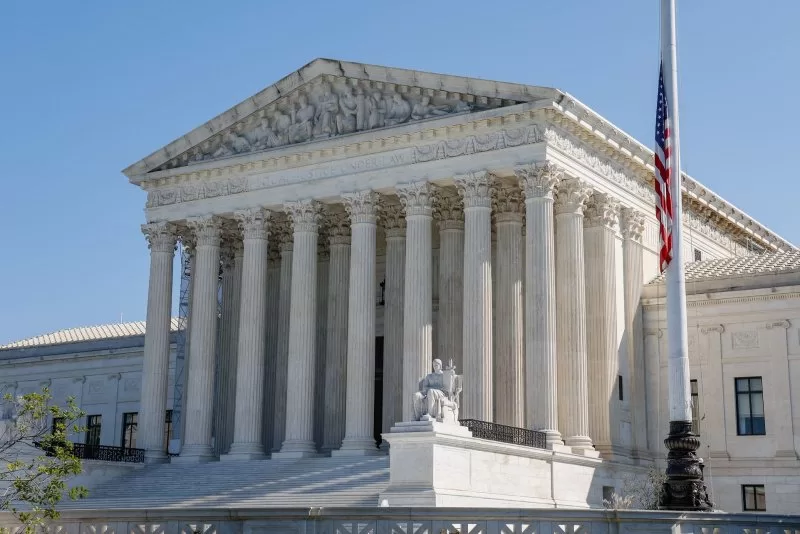Dec. 6 (UPI) — WASHINGTON — Supreme Court justices on Wednesday engaged in a spirited discussion with attorneys before the court on what qualifies as workplace discrimination.
In the case before the court, Muldrow vs. City of St. Louis, Jatonya Clayborn Muldrow, a former sergeant with the St. Louis Metropolitan Police Department, sued the City of St. Louis on the grounds that her transfer from intelligence to street operations was sex discrimination in violation of Title VII of the Civil Rights Act of 1964.
The case made its way up to the Supreme Court, which will decide whether Title VII prohibits discrimination in transfer decisions, without proof that the transfer caused significant disadvantage for an employee.
“It’s discrimination ‘against’ by its ordinary meaning — and under this court’s precedent, means worse treatment,” Brian Wolfman, director of the Georgetown Law Appellate Courts Immersion Clinic that represents Muldrow, argued before the justices.
The federal government took Muldrow’s side, as Aimee Brown, assistant to the solicitor general, agreed with Wolfman and stated that discrimination was “inherently injurious.”
However, the justices said they were unclear about the basis of both counsels’ arguments.
“I found it extremely confusing looking at the briefs. You each say that the other concedes the point, and I don’t see that can be right,” Chief Justice John Roberts said, prompting chuckles from the audience.
Roberts also questioned why the bulk of the brief filed on behalf of Muldrow concerned adverse consequences of the transfer if the counsel’s position was that discrimination alone fulfills the harm requirement. Wolfman responded that these details were included to show the harm that these rules have done in the federal appellate courts.
The federal appeals courts were split in their interpretation of the Title VII statute. Most of them are consistent with the U.S. Court of Appeals for the Eighth Circuit decision that it is necessary to prove material disadvantage, although the level of harm required varies. However, the D.C. Circuit held in another case that any forced job transfer based on discrimination of a protected status does violate the statute.
Madeline Meth, a co-counselor on Muldrow’s legal team, said in an interview that many federal courts have been selective in their interpretation of Title VII over the past several decades.
“Courts, through this game of telephone, had narrowed the interpretation of this broad anti-discrimination law so that it only covered a subset of workplace discrimination,” Meth said. “That subset has excluded discriminatory job transfers.”
Some argue the exclusion goes against the statute’s phrasing that outlaws all employment discrimination based on sex, race and other protected characteristics.
The justices on Wednesday posed a number of hypothetical cases of discrimination, such as employees receiving pink or blue pens, a blue office or a red office, an office with an alley view or an office with a park view, and so on.
“What if the supervisor is always nasty to me?” Justice Samuel Alito said in one scenario. “Does that qualify?”
Robert Loeb, representing the City of St. Louis, argued against deviating from the traditional approach that requires a separate determination of harm. He said that removing that threshold would introduce trivial cases.
“It’s through the lens of an objective employee, not the frailties of a particular sensitive employee,” Loeb said.
Some say that broadening the interpretation of Title VII could open the door to lawsuits against DEI programs that some are claiming is reverse discrimination.
“Unlike many things in the courts, this isn’t necessarily a partisan issue,” Tony Rothert, director of integrated advocacy at ACLU Missouri, said in an interview. “It’s just an issue between strictly reading the text or adding on some judicial language as an extra requirement.”
The Supreme Court’s opinion on this case could come as late as June 2024 when the term ends.
